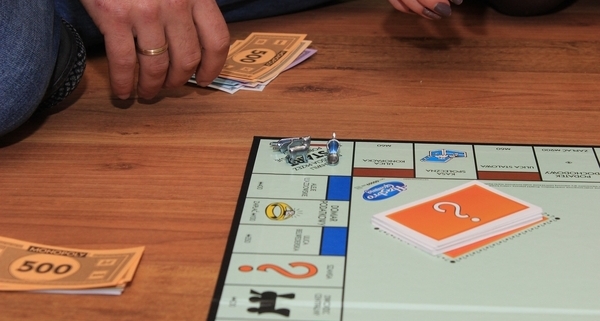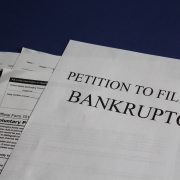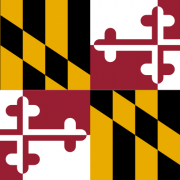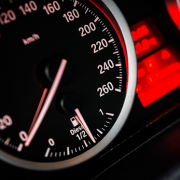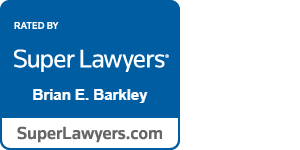Bankruptcy 101
Bankruptcy is a process to relieve and resolve personal and business debt. Two of the most commonly used types of bankruptcies under the U.S. Bankruptcy Code are Chapters 7 and 13. We’ll explain the differences between the two, and answer some of the common questions we hear.
What is the difference between Chapter 7 and Chapter 13 Bankruptcies?
Chapter 7 Bankruptcy is also called “liquidation.” In a liquidation, if the person filing (called a Debtor) has more assets than the amount she is entitled to keep (called Exemptions, explained below), then assets are sold. If there are no assets sold then the Debtor pays only attorney’s fees, filing costs and minor debt counseling expenses. The Debtor pays nothing else. The overwhelming majority of Chapter 7 bankruptcies are “no asset” bankruptcies where the Debtors keep all their assets. The process usually takes 3-4 months.
Chapter 13 Bankruptcy is also called a Wage Earner Plan. It requires that the Debtor make monthly payments towards debts over a period of time. The amount of the monthly payments is the family’s disposable monthly income. Disposable income is determined by deducting the family’s monthly allowable expenses from the family’s monthly income. It is frequently the bankruptcy of choice if a debtor might lose assets to liquidation. Chapter 13 is also preferred if a debtor has too much income as calculated in the Means Test (below). It is also preferred if the debtor is trying to avoid a foreclosure.
What are the pros and cons of each type of bankruptcy?
The biggest benefit to a Chapter 7 Bankruptcy is that it requires no monthly payments. However, Chapter 7 can only be filed if the Debtor passes the Means Test. The Means Test states that the Debtor’s family income can’t exceed the median income for a family the size of the Debtor’s in the residence state. Presently the median income in Maryland is $62,611 for a family of one; $80,492 for two; $91,663 for three; and $111,281 for four.
A benefit of Chapter 13 is that the Debtor can create a manageable payment plan. If the Debtor can’t “pass” the Means Test because the household income is too high, or if there is a foreclosure pending, the Debtor can file a Chapter 13 and make monthly payments to create a payment plan to pay off mortgage arrears over a period of time and stop a foreclosure.
How long will it take to pay off my debts?
Chapter 13 Bankruptcy allows a Debtor to reorganize his debt. Usually, the debts must be paid off in 60 months (5 years). A debt can be paid off sooner if the Plan payments schedule will result in paying off all debts in full sooner than 60 months. If the Debtor has household income below the Means Test ceiling, debts will also be paid off sooner. Any debts not paid off over the Plan period are discharged, unless they are non-dischargeable debts such as alimony, child support, taxes or student loans.
What will happen to my property?
Debtors are entitled to Exemptions (meaning they are allowed to keep) up to a maximum per person of:
- $6,000 of cash or any property
- Earned but unpaid wages, the greater of 75% or $145 per week
- Books, tools, instruments, & appliances to $5,000
- Furnishings, household goods & pets, to $1000 total
- Virtually all tax-exempt pensions and retirement savings accounts. The law protects any pension or retirement fund that qualifies for special tax treatment under the Internal Revenue Code.
- Alimony to the same extent as wages & child support payments
- Disability or health benefits, including court awards, arbitrations, & settlements
- Life insurance cash value or annuity contract proceeds if beneficiary is insured’s dependent, child, or spouse.
- Property held as tenancy by the entirety is exempt against debts owed by only one spouse.
- Owner occupied residential property to $21,625 (husband and wife may not double)

